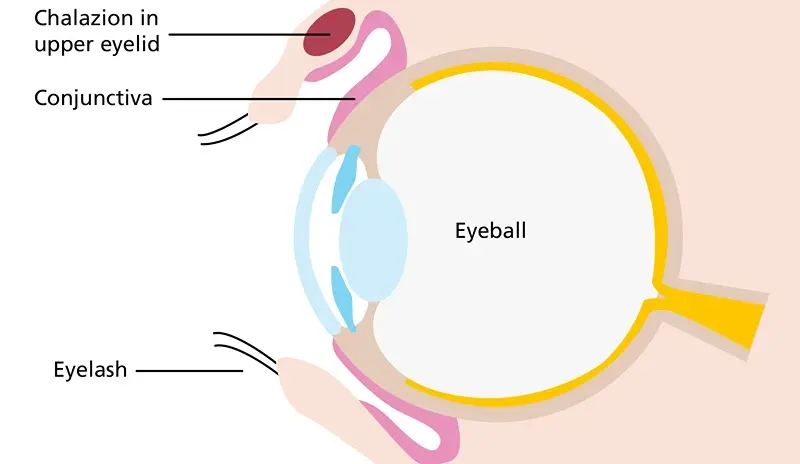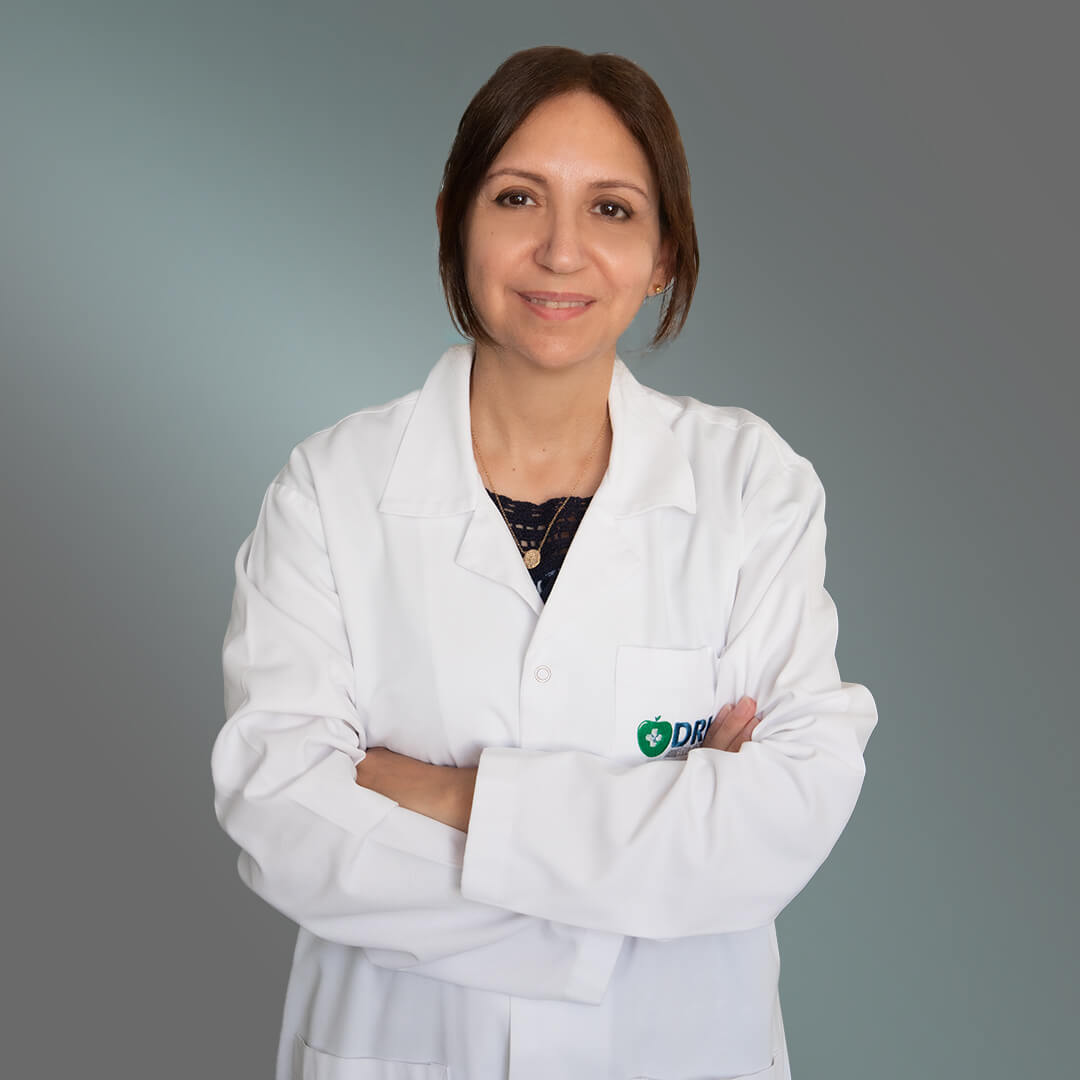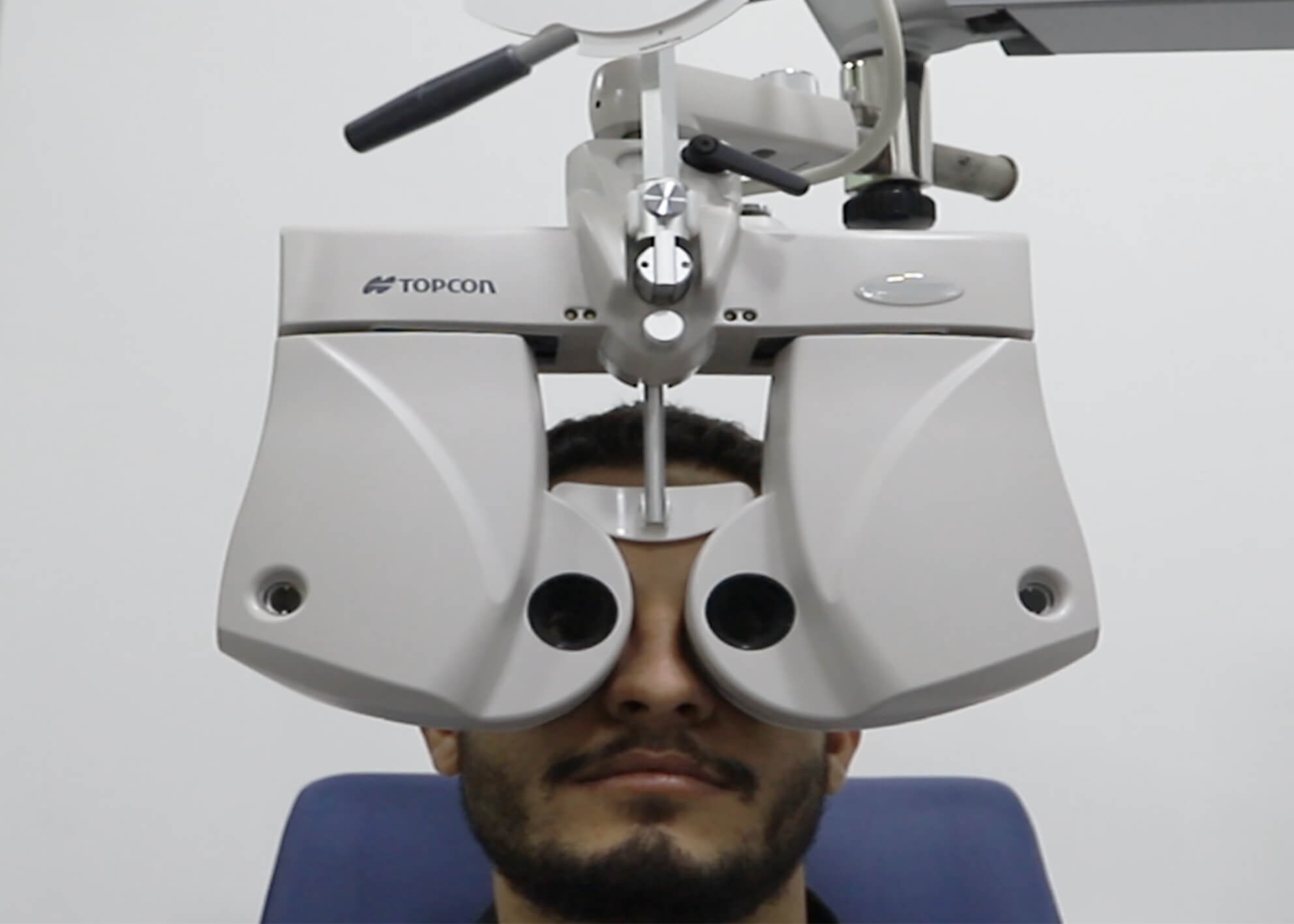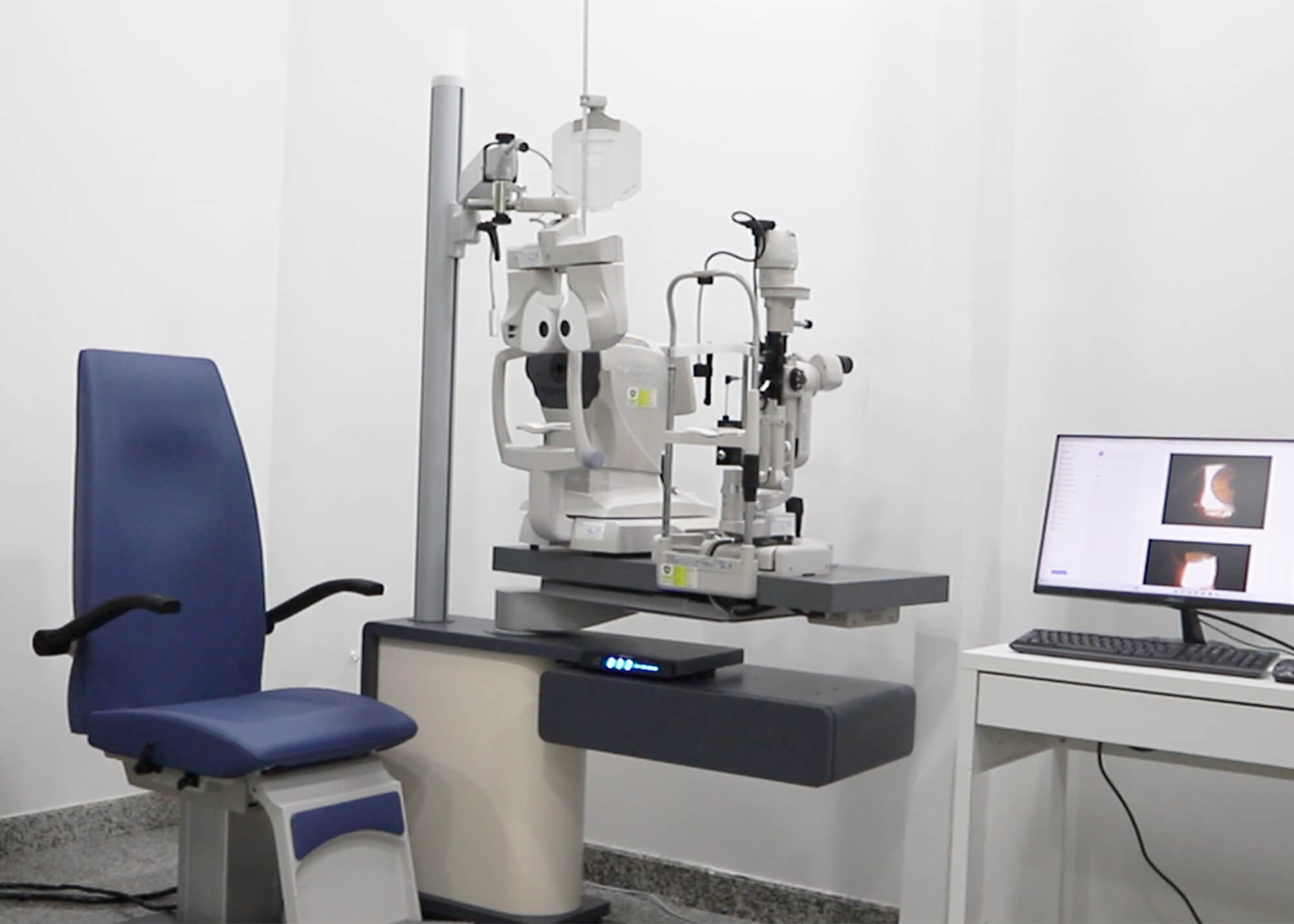Chalazion (Eyelid Cyst) at Eye Clinic DRHC Dubai
A chalazion, also known as an eyelid cyst, is a common eyelid condition that can cause discomfort and affect your appearance. While generally not painful, a chalazion can become a recurring issue if not properly treated. At DRHC Dubai, our experienced ophthalmologists provide comprehensive care for chalazia, ensuring effective treatment and prevention of future occurrences.
What is a Chalazion?
A chalazion is a small, typically painless lump or swelling that appears on the eyelid. It develops when one of the oil glands in the eyelid (meibomian gland) becomes blocked. Unlike a stye, which is an infection of the eyelash follicle, a chalazion is usually not caused by an infection and tends to develop more slowly.
Symptoms of a Chalazion
- Swelling: A localized swelling on the upper or lower eyelid.
- Lump: A firm, round lump that can vary in size.
- Tenderness: Mild tenderness or sensitivity in the affected area.
- Redness: Redness of the overlying skin or inside the eyelid.
- Blurred Vision: If the chalazion is large, it may press against the eyeball and cause blurred vision.
- Heaviness: A feeling of heaviness or discomfort in the eyelid.
Causes and Risk Factors
A chalazion occurs when the meibomian gland, responsible for producing the oil component of tears, becomes blocked. The trapped oil can cause the gland to swell, forming a chalazion. Some common risk factors include:
- Chronic Blepharitis: Inflammation of the eyelids can lead to blocked glands.
- Rosacea: A skin condition that affects the face, often associated with eyelid issues.
- Previous Chalazia: Individuals who have had chalazia in the past are more likely to develop them again.
- Poor Eyelid Hygiene: Failure to clean the eyelids properly can contribute to blockages.
- Stress and Hormonal Changes: These factors can sometimes trigger the development of a chalazion.
Diagnosis and Treatment at DRHC Dubai
At DRHC Dubai, our ophthalmologists are skilled in diagnosing and treating chalazia. The treatment plan will depend on the size, severity, and recurrence of the chalazion.
- Diagnosis: A thorough eye examination, including a close inspection of the eyelid, is conducted to diagnose a chalazion. In some cases, additional imaging may be performed to rule out other conditions.
- Conservative Treatment: In many cases, chalazia resolve on their own without the need for medical intervention. Conservative treatments include:
- Warm Compresses: Applying warm compresses to the affected eyelid several times a day can help soften the blocked gland and promote drainage.
- Eyelid Massage: Gently massaging the eyelid can help to unblock the gland and reduce swelling.
- Good Eyelid Hygiene: Regularly cleaning the eyelid with a mild cleanser can prevent the recurrence of chalazia.
- Medical Treatment: If the chalazion does not respond to conservative treatments, medical intervention may be necessary. This includes:
- Steroid Injection: A steroid injection may be administered to reduce inflammation and shrink the chalazion.
- Antibiotic Ointment or Drops: While chalazia are not typically caused by infection, antibiotics may be prescribed if there is a secondary bacterial infection.
- Surgical Treatment: In cases where the chalazion is large, persistent, or causing significant discomfort, a minor surgical procedure may be recommended.
- Incision and Drainage: This procedure involves making a small incision in the eyelid to drain the contents of the chalazion. It is usually performed under local anesthesia and is a quick and effective solution.
Preventing Chalazia
Preventing chalazia involves maintaining good eyelid hygiene and managing underlying conditions. Here are some tips to reduce the risk of developing a chalazion:
- Keep Eyelids Clean: Regularly clean your eyelids with a gentle cleanser or prescribed eyelid wipes.
- Manage Blepharitis: Follow your eye care provider’s recommendations for managing chronic blepharitis or other eyelid conditions.
- Avoid Touching Your Eyes: Keep your hands clean and avoid rubbing or touching your eyes unnecessarily.
- Replace Eye Makeup Regularly: Old or contaminated eye makeup can contribute to blockages in the eyelid glands.
Why Choose DRHC Dubai
At DRHC Dubai, we are committed to providing high-quality eye care with a focus on patient comfort and satisfaction. Our team of experienced ophthalmologists offers personalized care for chalazia, using the latest techniques to ensure optimal outcomes. Whether you need conservative management or surgical intervention, you can trust us to help you achieve clear, comfortable vision.
.png?width=281&height=59&name=bookanappointment%20(1).png)
At Dr. Rami Hamed Center, our Ophthalmology department is dedicated to safeguarding your vision health through expert eye care Professionals. Renowned as one of the best eye care clinics in Dubai our Ophthalmology Specialists provide services for Cataract and retina treatment with Laser and Refractive surgeries.




.png?width=281&height=59&name=bookanappointment%20(1).png)






